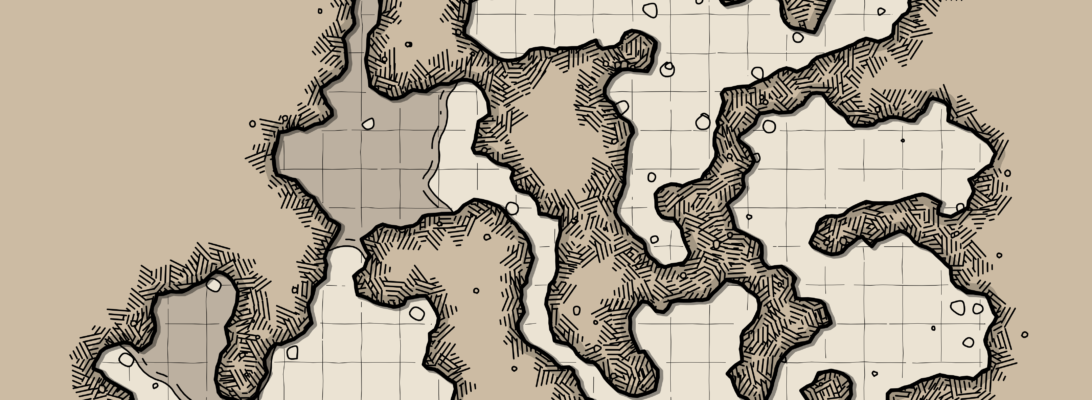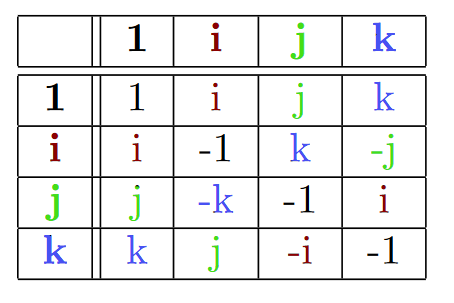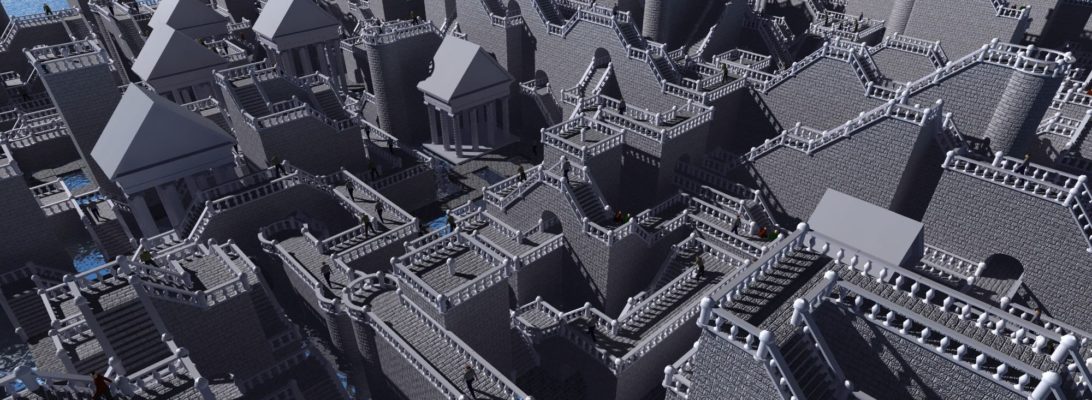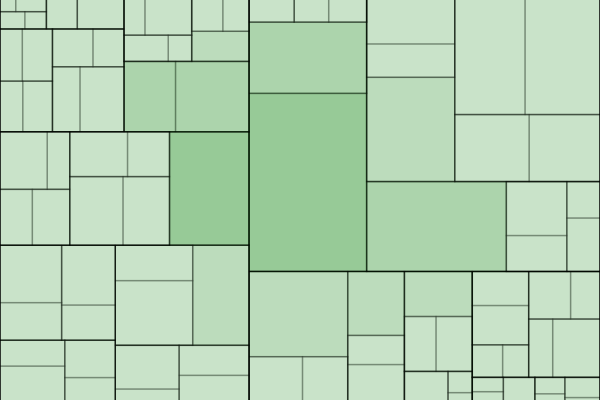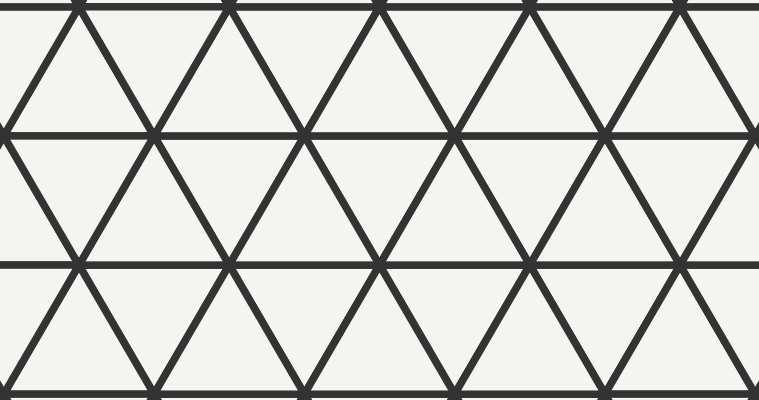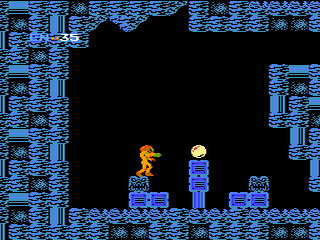I’ve recently seen a lot of demonstrations of why the decimal 0.999… equals 1.
These are endlessly cycling the internet, simply because all the simple explanations aren’t really compelling. You see smart people responding “can’t you just…” or simply not convinced by bare assertion.
The truth is that is that dealing with these things is actually a lot more complex than a glib twitter answer. You should feel uneasy with these explanations. This same subject confused mathematicians of earlier centuries, leading to awkward theories like “infinitesimals”, which ultimately fell out of favour.
I’m going to take you through a proof that 0.999… = 1, with rigour. Rigour is a term used in maths for building from a solid foundation and proceeding from there in sufficiently small steps. Thus, the majority of the article is not the proof but the definitions. How can we talk about infinity in a way that makes sense? The trick, as we’ll see, is to only talk about finite things we already understand, and define infinity in terms of those.
This article is aimed at those with high school level maths. There’s a proof halfway down, but it’s skippable.
Continue reading →
